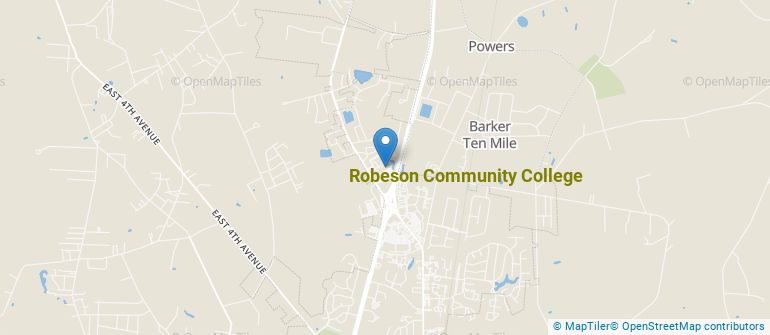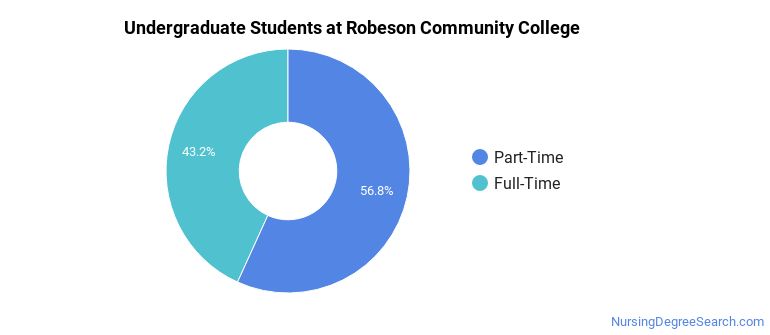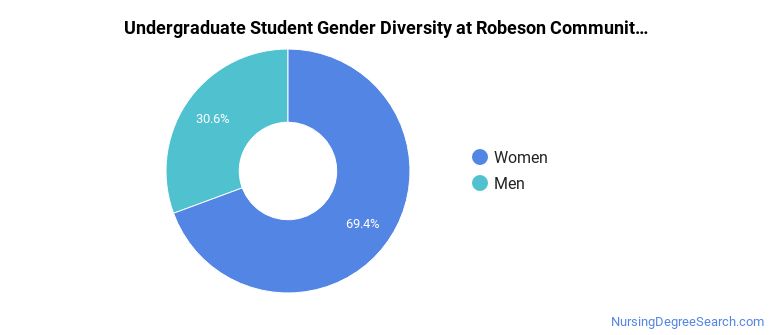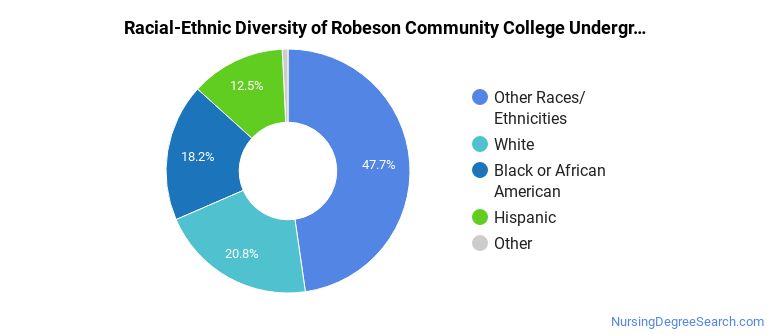Robeson Community College Nursing Programs
Located in Lumberton, North Carolina, Robeson Community College is a public institution. The charming, small-town atmosphere of Lumberton draws many to the area.
Where Is Robeson Community College?

Contact details for Robeson Community College are given below.
| Contact Details | |
|---|---|
| Address: | 5160 Fayetteville Road, Lumberton, NC 28360 |
| Phone: | 910-272-3700 |
| Website: | www.robeson.edu |
How Do I Get Into Robeson Community College?
You can apply to Robeson Community College online at: https://www2.cfnc.org/exclusive.html#/applicationlogin/RobeCC/Undergrad/RobeCCUndergradApp
Can I Afford Robeson Community College?
Robeson Community College Undergraduate Student Diversity

Gender Diversity
Of the 790 full-time undergraduates at Robeson Community College, 31% are male and 69% are female.

Racial-Ethnic Diversity
The racial-ethnic breakdown of Robeson Community College students is as follows.

| Race/Ethnicity | Number of Grads |
|---|---|
| Asian | 6 |
| Black or African American | 144 |
| Hispanic or Latino | 99 |
| White | 164 |
| International Students | 0 |
| Other Races/Ethnicities | 377 |
Robeson Community College Nursing Concentrations
The table below shows the number of awards for each concentration.
| Major | Associate’s | Undergraduate Certificate | TOTAL |
|---|---|---|---|
| Registered Nursing | 25 | 0 | 25 |
| Licensed Practical/Vocational Nurse Training | 0 | 13 | 13 |
| TOTAL | 25 | 13 | 38 |
References
*The racial-ethnic minorities count is calculated by taking the total number of students and subtracting white students, international students, and students whose race/ethnicity was unknown. This number is then divided by the total number of students at the school to obtain the racial-ethnic minorities percentage.
More about our data sources and methodologies.
